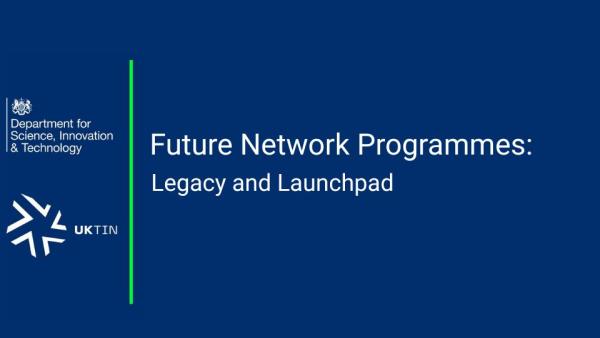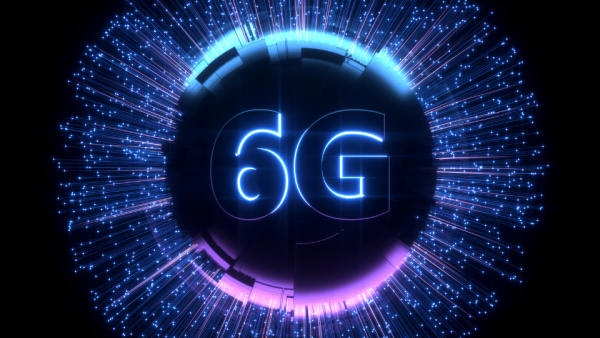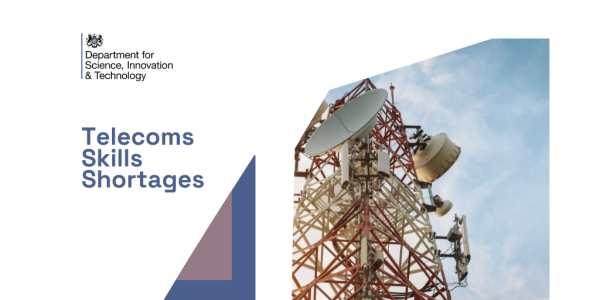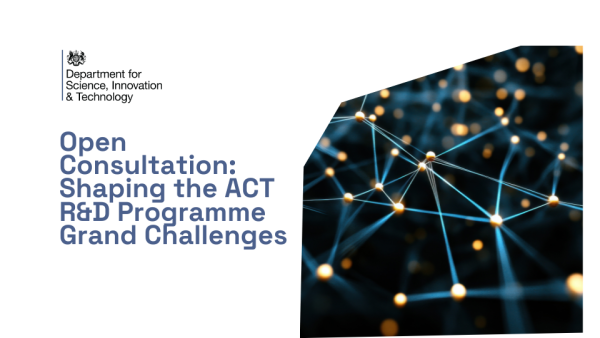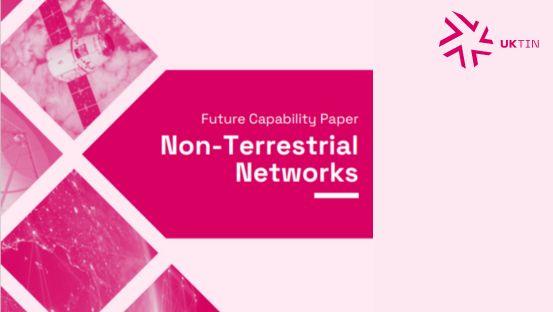
UKTIN spoke to Barry Evans, Chair of UKTIN’s NTN Expert Working Group to learn more about its Future Capability Paper, which was published today. You can find more information on the future capability paper series here.
Read the NTN Future Capability Paper
Please talk us through the process of creating the paper.
We began with a UK SWOT analysis on NTN: this was a group activity, a chance to weigh up current strengths and weaknesses in NTN. Understanding UKTIN requirements was important, focusing on research and development, the current status of NTN in the UK and its potential impacts. Next, we fleshed out some of the R&D challenges and discussed how the UK could approach them.
This drove the second part of the process: brigading our thoughts into some areas for a deeper dive approach. We started with a long list and then whittled it down to six areas. The first of these was the future business models that a converged non-terrestrial and terrestrial network would open up; the second was the sustainability of the NTN area itself as well as how NTN could help telecoms sustainability in general; the third was looking at future converged network architectures including both the terrestrial and non-terrestrial components, a fourth area was 6G technologies which would drive standards; the fifth area was spectrum and regulation including how TN and NTN could coexist and use spectrum efficiently, and finally the sixth area focused on the lack of skilled talent in the UK for NTN industries and how we could improve the flow to industry.- What is the one thing you’d like people to know about the report?
The takeaway is that NTN provides a third space dimension to the current terrestrial telecoms landscape. It is important to realise that we have a very rapid convergence happening, between terrestrial networks and space networks, which have been independent up to date. This is what some call ‘satellite meets mobile’, which allows direct connection of a smartphone from space. This is game-changing as far as telecom networks are concerned, and opens up new business models, improving coverage and resilience as well as capacity. However, there are many R&D challenges to be faced before it becomes a reality. We considered that open networking principles were the foundation of this future 3D architecture. - What surprised you most while preparing this report?
The lack of awareness around the new issues raised by NTN. It is a network involving moving entities that we haven't faced before in mobile networks. Companies seem to have been taken by surprise. They didn’t expect that we would have communications direct to a mobile phone so quickly. It was a wake-up call to the industry, a sector predominantly based on terrestrial networking. - What conclusions were you able to draw?
We need to have a more strategic view in the UK, particularly around convergence, and bring together all stakeholders in academia and industry. This is particularly true when it comes to R&D. We have some excellent telecoms research but it needs to be refocused on the NTN challenges. Skills and talent are of paramount importance: we need to address this if the UK NTN opportunities are to be realised. NTN is a new greenfield area for R&D and business; thus, there are real opportunities for innovation which the UK must seize. There are some readjustments needed to conventional areas of telecoms expertise to preserve business, but also a real opportunity to create new future businesses. Are there any themes picked up in the NTN paper that have been featured in the other EWG papers?
Yes, there are several areas in common between the EWGs such as the need to revitalise education to provide skilled workers. In addition to this, the importance of academics and the industry working together. Creating a more strategic framework across the UK, as well as national facilities and perhaps centres of excellence.
There are also several areas with overlap to NTN; semiconductors affecting processing power on satellites, security aspects across the terrestrial / non-terrestrial networks and AI applications in various areas across the NTN network. We are having dedicated meetings with these EWGs to join up requirements and R&D needs.



